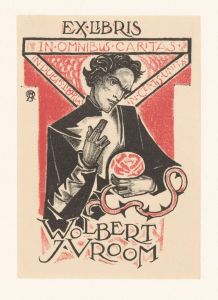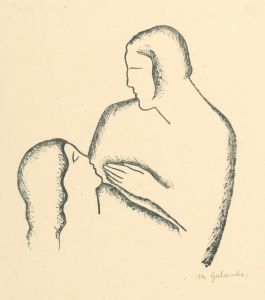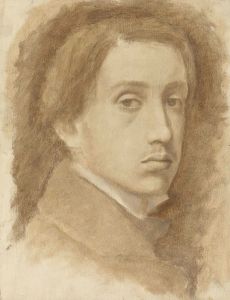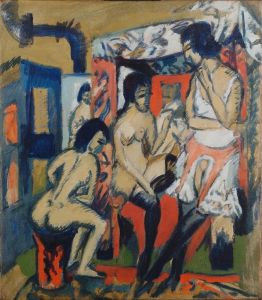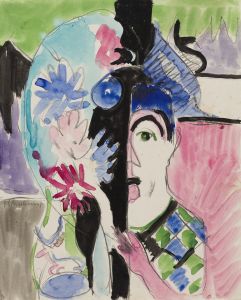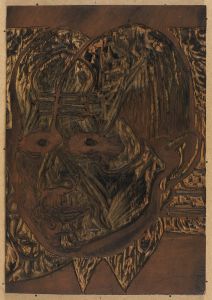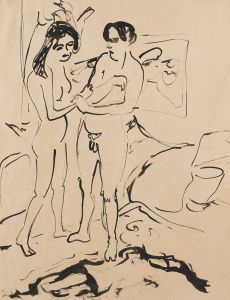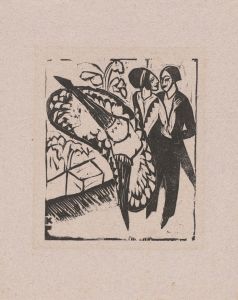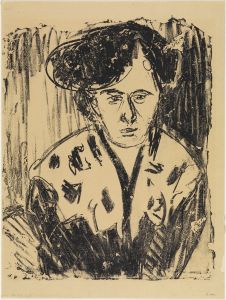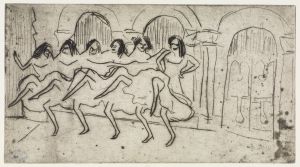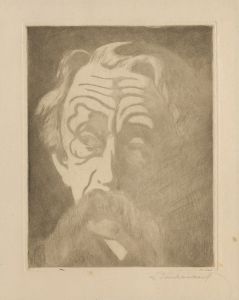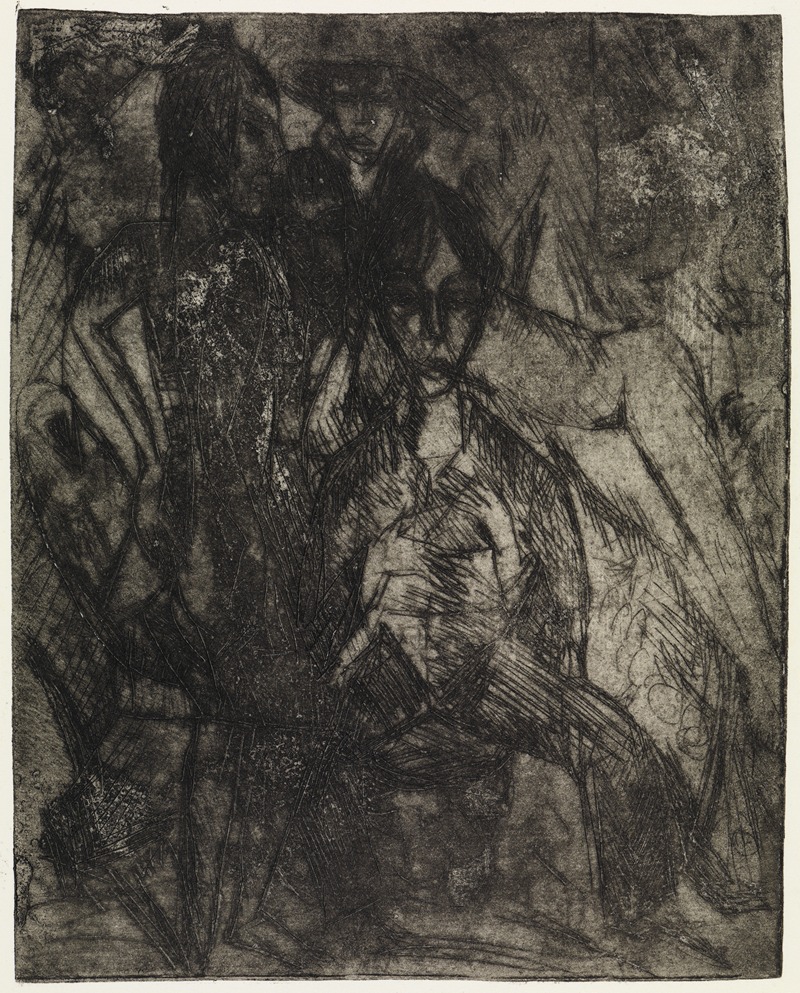
Maler und zwei Frauen – Selbstbildnis mit Erna und Gerda
A hand-painted replica of Ernst Ludwig Kirchner’s masterpiece Maler und zwei Frauen – Selbstbildnis mit Erna und Gerda, meticulously crafted by professional artists to capture the true essence of the original. Each piece is created with museum-quality canvas and rare mineral pigments, carefully painted by experienced artists with delicate brushstrokes and rich, layered colors to perfectly recreate the texture of the original artwork. Unlike machine-printed reproductions, this hand-painted version brings the painting to life, infused with the artist’s emotions and skill in every stroke. Whether for personal collection or home decoration, it instantly elevates the artistic atmosphere of any space.
Ernst Ludwig Kirchner's painting Maler und zwei Frauen – Selbstbildnis mit Erna und Gerda (translated as Painter and Two Women – Self-Portrait with Erna and Gerda) is a notable work by the German Expressionist artist. Created in 1914, the painting exemplifies Kirchner's distinctive style, characterized by bold colors, dynamic compositions, and emotionally charged depictions of his subjects. This work reflects the artist's engagement with themes of identity, relationships, and the human figure, which were central to his oeuvre.
The painting features Kirchner himself alongside two women, Erna Schilling and Gerda Schilling, who were significant figures in his life. Erna Schilling was Kirchner's long-time partner and muse, frequently appearing in his works. Gerda Schilling, Erna's sister, also served as a model for Kirchner and was part of his social circle. The inclusion of these two women in the painting underscores their importance to the artist both personally and artistically.
In this self-portrait, Kirchner portrays himself as the central figure, flanked by Erna and Gerda. The composition is intimate yet charged with tension, a hallmark of Kirchner's Expressionist approach. The figures are rendered with angular forms and exaggerated features, emphasizing emotional intensity over naturalistic representation. The use of vibrant, non-naturalistic colors further heightens the psychological impact of the scene.
The painting was created during a pivotal period in Kirchner's career. By 1914, he had become a leading figure in the German Expressionist movement and a founding member of the artist group Die Brücke (The Bridge). Die Brücke sought to break away from traditional academic art and explore new forms of expression, drawing inspiration from non-Western art, urban life, and the human psyche. Kirchner's work from this period often reflects the anxieties and complexities of modern life, as well as his own struggles with mental health.
Maler und zwei Frauen – Selbstbildnis mit Erna und Gerda is also significant for its autobiographical elements. Through this self-portrait, Kirchner not only depicts his external relationships but also explores his inner world and artistic identity. The painting serves as a testament to his innovative approach to portraiture and his ability to convey profound emotional depth.
Today, this work is recognized as an important example of Kirchner's contribution to modern art. It is held in the collection of the Kunstsammlung Nordrhein-Westfalen in Düsseldorf, Germany, where it continues to be studied and appreciated for its artistic and historical significance.





